Barberry Thunberg "Red Rocket": description, planting, care and reproduction
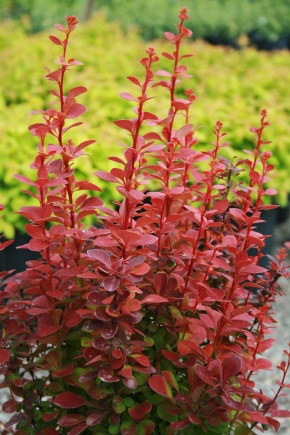
Barberry is considered one of the most beautiful ornamental shrubs. It will perfectly fit into any landscape composition. Modern selection includes more than 170 varieties of culture. Barberry Thunberg "Red Rocket" looks great as hedges, flower bed decorations, in group and single plantings. Gardeners prefer this variety, not only because of the spectacular appearance of the barberry, but also due to the unpretentiousness and endurance of the plant.
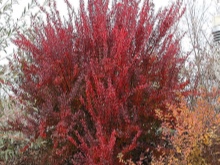
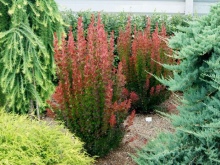
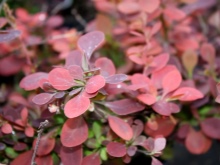
Description
Barberry Thunberg "Red Rocket" belongs to the columnar shrubs, it is widespread almost all over the world, although it is not very popular in our country. Seedlings can not be bought in every gardening store, and the price is quite high. Winter hardiness allows the shrub to tolerate frost well. Due to its unpretentiousness and beauty, the variety is gradually becoming more widespread in Russia.


This variety of barberry has a bright appearance. It is distinguished by the following characteristics:
- foliage of a purple hue;
- fruits are racemose, scarlet;
- refers to tall varieties;
- grows to a maximum of 2 m;
- the crown grows in diameter by more than a meter;
- flowering period - May and June;
- flowers are small, bright yellow;
- flowers are collected in cluster-like inflorescences;
- shoots grow vertically, elongated, thin;
- branching is not developed;
- the bark of young animals is brown with red, in mature bushes - without a reddish tone;
- large foliage, elongated;
- the color of the foliage changes depending on the amount of sun - red-green, dark purple.
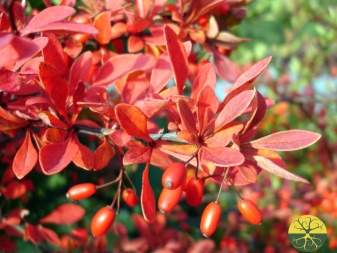
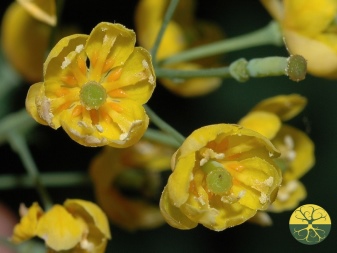
The shrub loves the sun, grows well on fertile soil, but is generally unpretentious, drought is not terrible for him, but waterlogging is destructive. Fits perfectly into the landscape, into any floral and woody compositions, decorates alpine slides, stone gardens. Since the plant tolerates pruning well, it can be given any shape.
It is important to remember that the shrub is quite thorny, so the refining work is carried out with gloves and protective clothing.
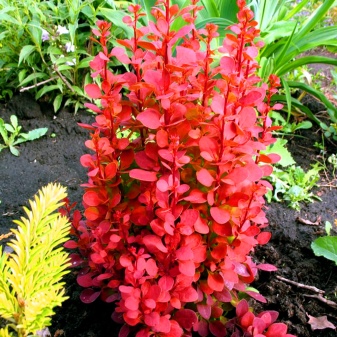
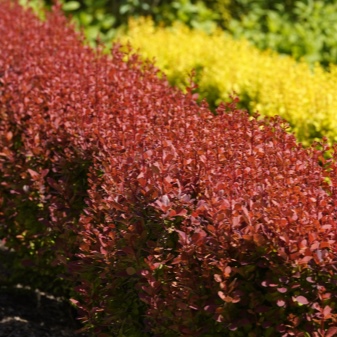
Planting and leaving
A huge advantage of the Red Rocket variety is its frost resistance, which is why it is so attractive for gardeners in different climatic zones. Even severe subzero temperatures do not allow the plant to freeze and die. The optimal place for growth is hills of all kinds, slopes. Planting in a lowland has a bad effect on the growth and development of barberry, as water stagnates there. Good illumination is a prerequisite for the quality development of a plant. If you put Red Rocket in the shade, it will lose the lion's share of its decorative qualities.
The plant is not afraid of drafts; only young shrubs require shelter for the winter. Especially if they grow in a region with severe weather. For this, spruce branches, fallen leaves, tarpaulin, burlap, peat, sawdust are used. If the winter is snowy, an adult plant can easily overwinter without shelter.
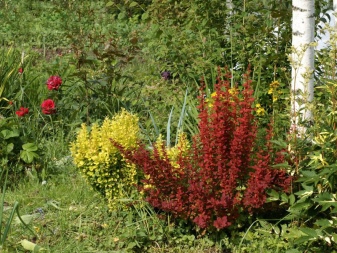
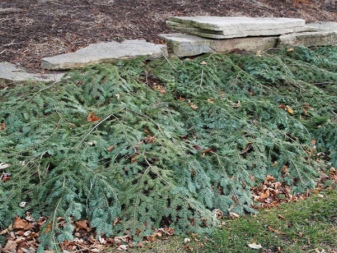
The choice of location depends not only on the sun, but also on the soil. Despite its unpretentiousness, "Redrocket" does not tolerate clay-type soils, but the degree of acidity is not important if it does not exceed 7.5 pH. If the acidity is high, lime should be added. Planting is carried out by means of a seedling, a cutting with a well-developed root system.The optimal planting time is autumn, during the period of foliage falling, and in the spring, before the buds open. Autumn has a better effect on the rooting process, spring - on the rapid growth of barberry.

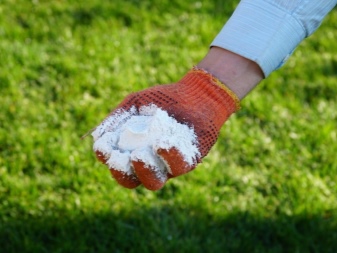
The indentations for landing can be of different sizes:
- if seedlings are planted up to 3 years of age, the width and depth of the pit is about 25 cm;
- seedlings of adult shrubs (up to 7 years old) are placed in pits about half a meter;
- a hedge can be created by planting plants in a 40 by 40 ditch.
The recesses are prepared the day before the event, compost with soil or sand with humus is introduced into them. Then a seedling is placed, covered with soil, rammed, moistened and mulched.
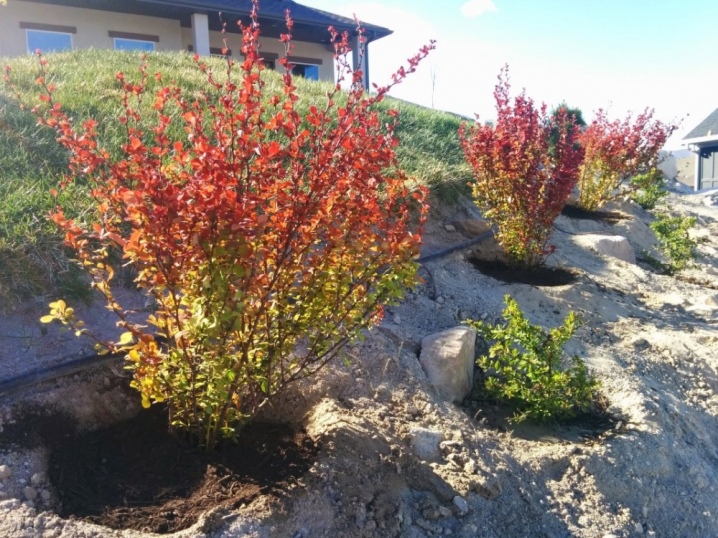
Fertilization:
- barberry is fed for the first time after it reaches the age of 2 years;
- nitrogenous compounds are used as the first fertilizer, for example, diluted urea;
- barberry is fed in the same way at the age of five;
- before flowering, complex compounds are introduced annually, the composition can be of a universal type;
- natural feeding is tolerated well, for example, droppings, manure in a diluted form.
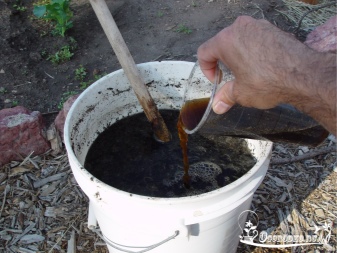

Moisturizing:
- the shrub does not really like water, especially in excess;
- if the summer period is rainy, watering is minimized;
- during drought, moisten 2-3 times every 7 days;
- one bush requires a bucket of water;
- watering level should be monitored and varied depending on weather conditions.
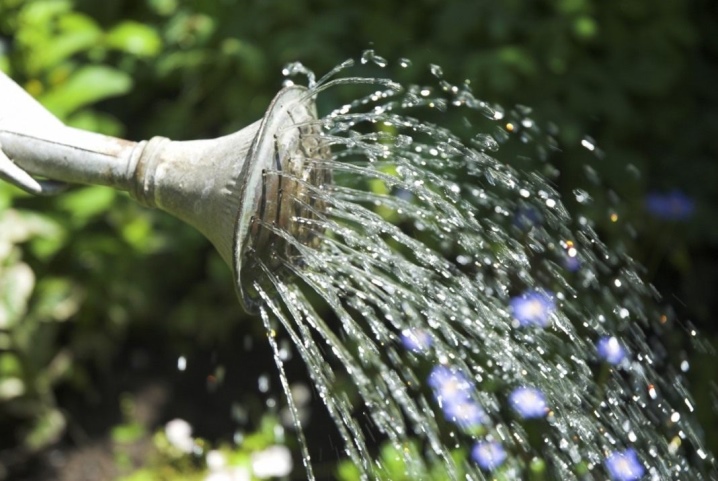
Cropping:
- for the first time, sanitary pruning is carried out for mature shrubs;
- this type of pruning is carried out annually;
- you can do this with a pruner, brush cutter, garden hacksaw;
- it is very important to protect your hands from thorns, otherwise the work will be quite difficult;
- remove only dried, old branches near the ground;
- after that, part of the young shoots is also cut off to rejuvenate the plant;
- in addition to anti-aging pruning, decorative pruning is also carried out to give the desired shape;
- sanitary and decorative trimming is carried out as needed;
- pruning can be done in the spring or after flowering.
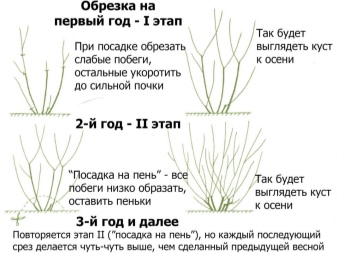
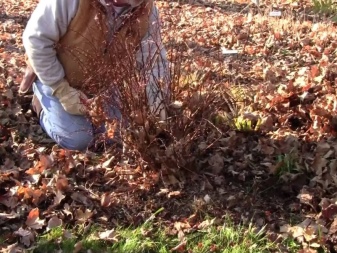
Reproduction
The barberry "Red Rocket" is propagated in different ways, equally successful methods using:
- cuttings and shoots;
- cuttings;
- share;
- seeds.
The most popular propagation methods are cuttings, seed, shoots. But the division of the bush is used extremely rarely, due to the complexity of the procedure and the high risk that the bush will not take root. It is only used by very experienced gardeners.

Barberry is most often propagated by layers of roots and shoots, this method is effective, efficient and uncomplicated if you use seedlings with a strong, powerful rhizome.
A huge plus of this method is that the maternal qualities of the variety are completely preserved.
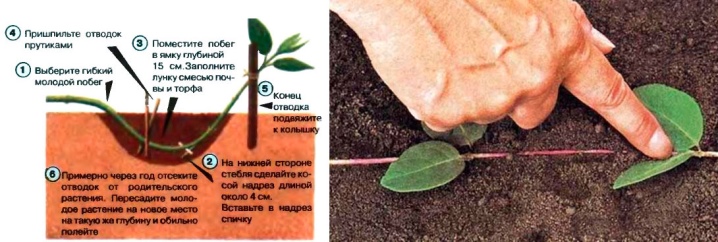
Cuttings are another highly productive breeding method. You can cut the stalk at any time of the season, with the exception of winter. Cuttings cut in summer are more viable and root better, generally green cuttings are used. For rooting of woody cuttings, choose the beginning of spring or the beginning of autumn.
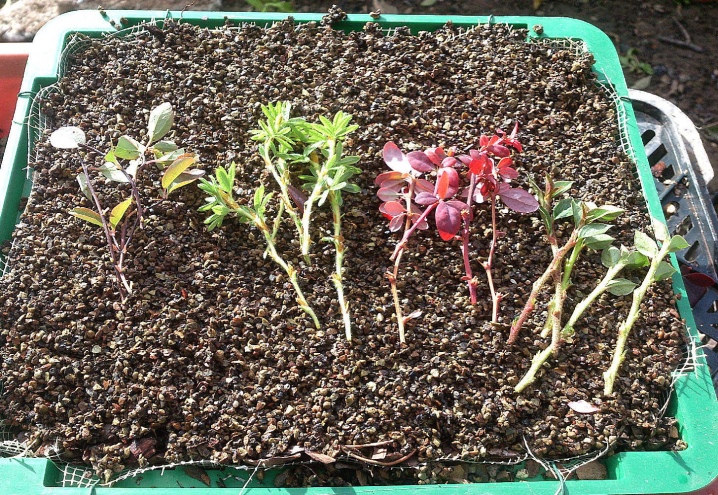
The third most popular method is seed, but it has plenty of disadvantages. First of all, this is a low level of germination, but even those sprouts that sprout are unlikely to retain the characteristics of the variety. The biggest disadvantage is that the seedlings are grown to a full-fledged state for about 2 years. Sowing takes place in greenhouse conditions, in a container under a film. After emergence, it is necessary to ventilate and moisturize them regularly.
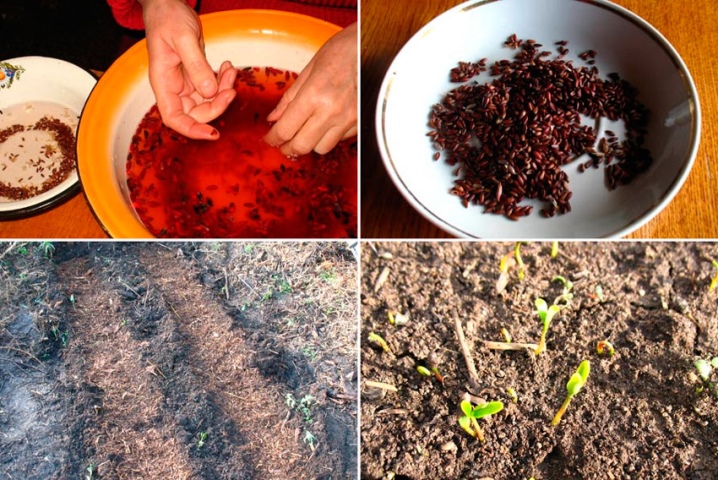
Diseases and pests
Barberry "Red Rocket" has good stamina and rarely gets sick, pest attacks are also rare. However, you should not be completely calm, you need to constantly check the plant and take preventive measures. The possibility of infection still exists.
The most common ailments of barberry.
Barberry aphid:
- the first sign is that foliage wrinkles and dries up in those areas that are sick;
- pests have such a negative effect on development that the buds for the next season are not laid;
- the shrub can lose its decorative effect and shape;
- for preventive control of aphids, tobacco irrigation and treatment with a solution of laundry soap are used.
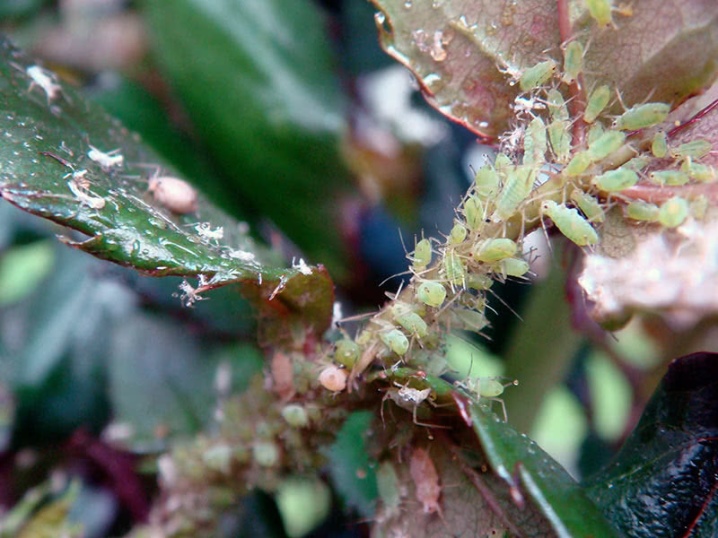
Flower moth:
- this insect eats fruits;
- able to slow down the development of a shrub;
- to save the plant, it is necessary to spray with the means "Funafon", "Decis".
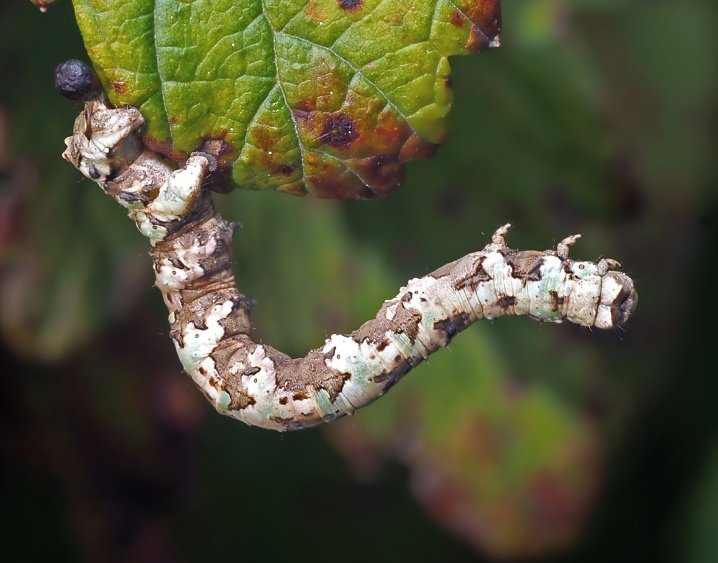
Powdery mildew:
- fungal infection;
- the main sign of infection is a snow-white bloom on the foliage;
- the plant must be carefully processed without postponing this event;
- use preparations containing sulfur;
- if this is not done, the spores will ripen, and next season the whole bush will be captured by the fungus;
- the plant is processed in stages, the first time during the period of bud opening, the second - after flowering, the third - in the fall, at the very end of the season;
- all infected areas are removed immediately.
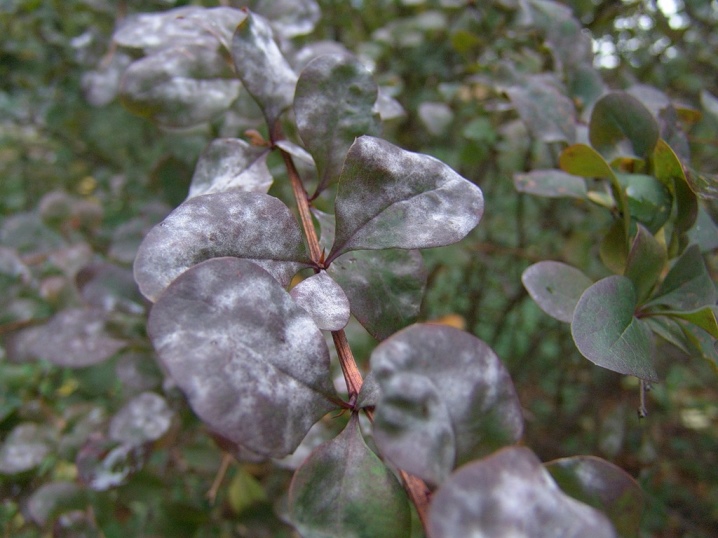
Leaf spot:
- a sign of this disease is the spread of spots on the leaves;
- shrub development stops;
- an infected plant may not survive the winter;
- treatment is carried out with compounds containing copper oxychloride.
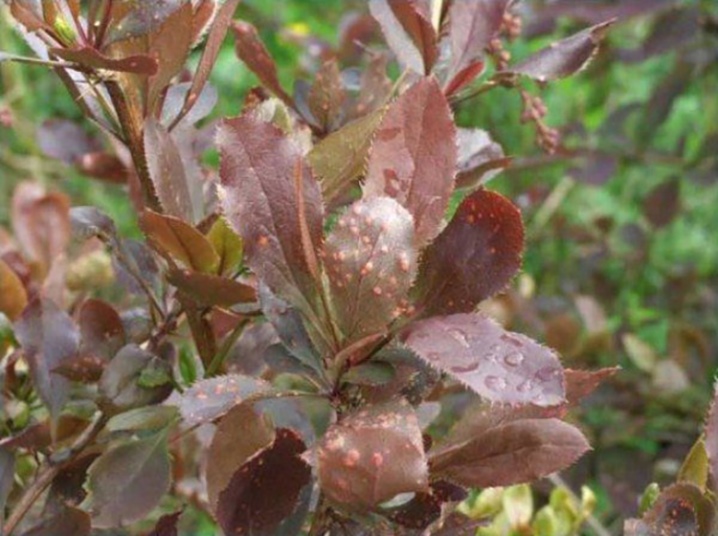
Dry shoots:
- drying out is associated with a fungus that draws vitality from the plant;
- shoots dry up, and you can save the bush only by cutting off the branches;
- in the spring, barberry should be sprayed with preparations with copper.
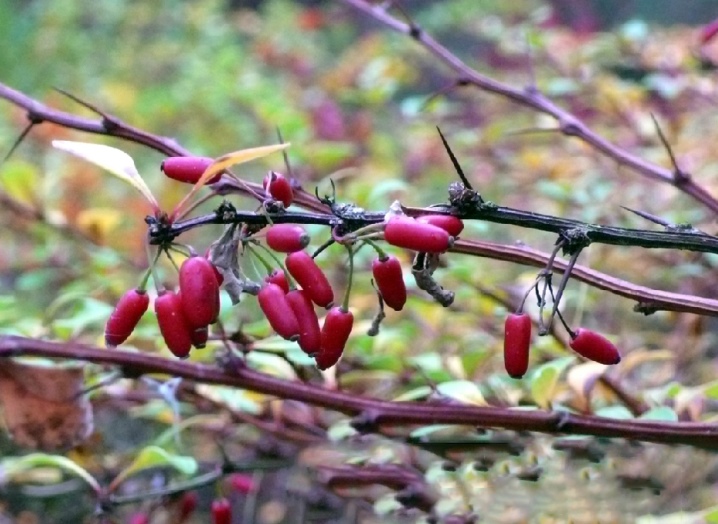
Application in landscape design
It is not surprising that a spectacular bush is in demand precisely in landscape decoration. Bright purple bushes look great with other varieties of barberry, especially other shades.
The picturesque plant immediately catches the eye, so it looks good in the center of the composition.
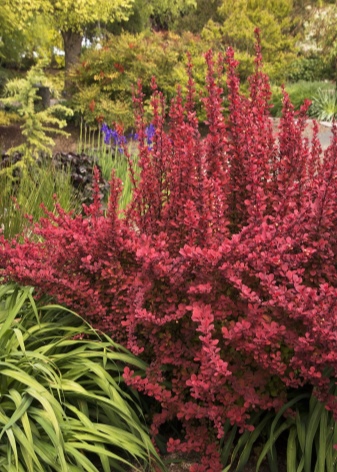
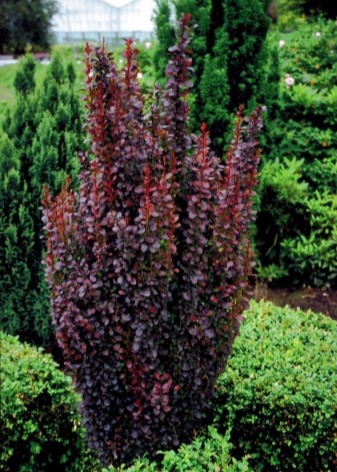
Suitable for the formation of hedges, the columnar crown looks great both in pruning and natural.
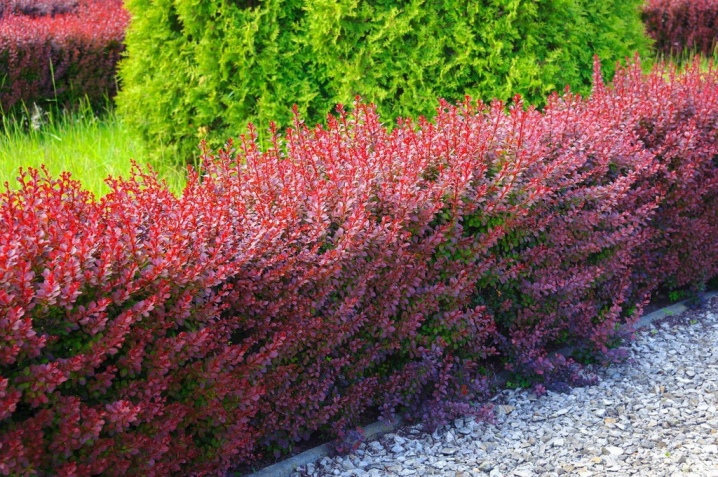
You can safely use the barberry "Red Rocket" for the decoration of alpine slides, stone gardens, mixborders.
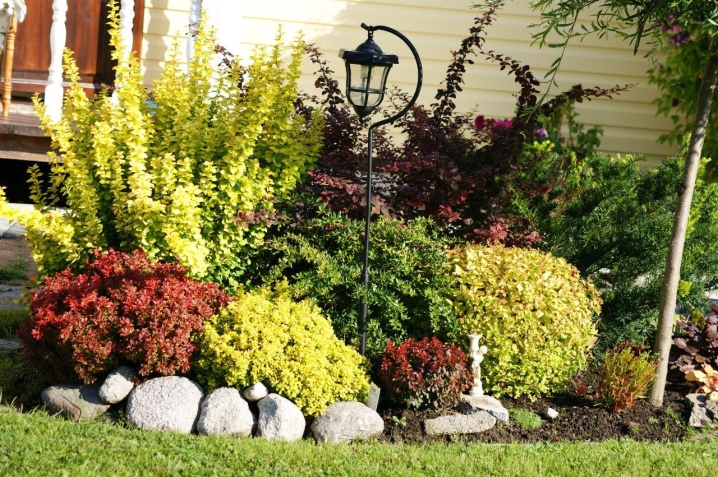
You can often find single plants planted in pots, grows actively in a group and often draws all the attention to itself.
Barberry allows you to fully realize your wildest design fantasies.
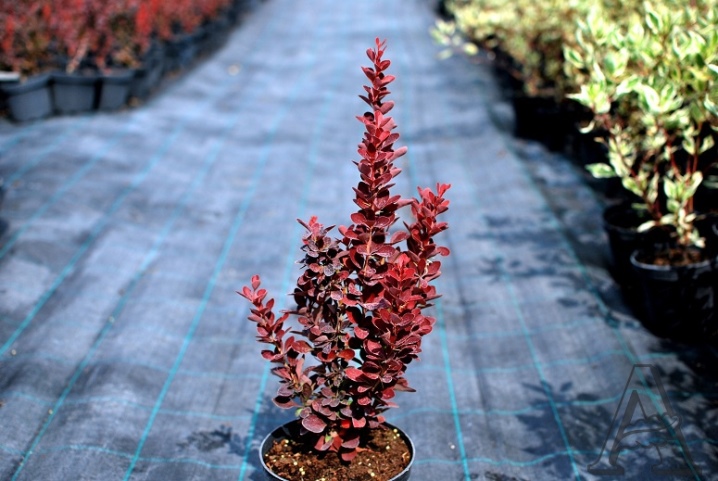
For more information about this barberry, see the next video.



































































The comment was sent successfully.